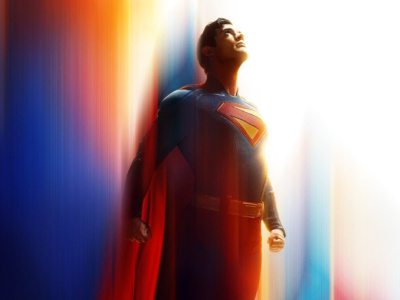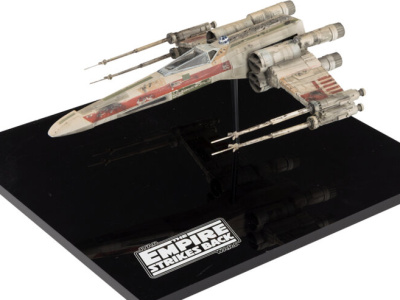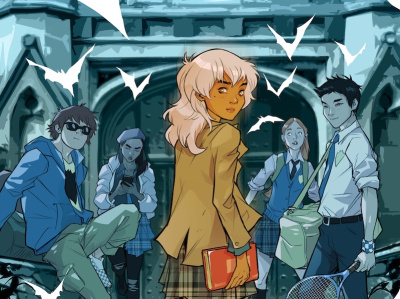Reuters News Service is reporting that AOL Time Warner will shutter all its Warner Bros. Studio Stores by the end of October. AOL Time Warner announced in January that the newly merged entertainment juggernaut was seeking a buyer for the retail stores (see 'AOL deBugs Retailing'), but reportedly gave up the search for a buyer in February. The closing of stores will mean the elimination of some 3,800 jobs, or roughly 4% of AOL Time Warner's 90,000 employees. Several high profile Warner Bros. stores including the marquee Fifth Avenue store in New York and another key location in Los Angeles have already closed their doors. According to Reuters about 85 U.S. stores remain; the approximately thirty Warner Bros. Studio Stores located outside the U.S. operate on separate franchising agreements and will not be part of the closings, which only affect U.S. based stores.
Time Warner began the chain of Warner Bros. Studio Stores in 1991 in imitation of the highly successful (at that time) Disney stores, which also sold merchandise licensed from properties own by the parent company. In that franchise-friendly era of Hard Rock Cafes, the Warner Bros. stores prospered, with the chain eventually reaching a worldwide total of some 130 stores. But the current plight of the Warners and Disney stores demonstrates the difficulties of operating pop culture stores. The centralized chains were unable to adjust to changes in retail buying patterns. Although their high profile locations in glitzy malls and high profile shopping districts guaranteed foot traffic, the stores failed to develop both a base of collectors and a constant stream of new merchandise to keep collectors and civilians coming back. Lucrative product lines such as animation cel art were run into the ground by overpricing and wholesale production of 'cels' to meet demand. After the novelty of the Warner Bros. Studio Stores wore off, the management of the chain was unable to come up with a new product mix that would reinvigorate the original concept. 'Adapt or die' is more than just a maxim of evolutionary biology -- it applies to the savage world of retailing as well. Pop culture retailers have to be quick on their feet and having a diversified product mix (books, comics, games, cards, toys, statues, etc.) definitely helps, but following the trends means working with the hot properties no matter where they come from. The closing of the Warner Bros. stores, which did carry a wide range of product formats, demonstrates that a diversity of properties as well as formats is also important. Had Marvel been able to open its 'Marvel' stores and Marvel-themed restaurants in the early 1990s, does anyone think that either the retail establishments or the beaneries would still be in existence?






